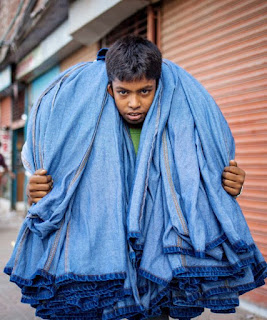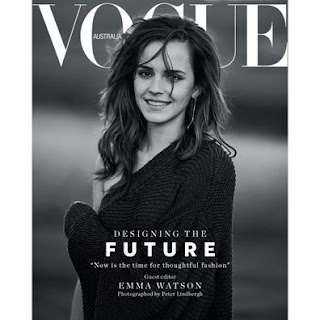Notes on what my zine will consist of by 2030, the industry could reach a standstill — with natural resources becoming so jeopardised that any move towards a more sustainable future will be near impossible. over 218 million children are hard at work — 73 million of those are working in hazardous conditions that "directly endangers their health, safety, and moral development. While it's much easier to track the life of clothing once it's already made, retracing its origins is another story. That's why transparency, at every level, is crucial. I want to look into how fast fashion has not only effected the planet and how much environmental damage it has had over many years but also how fast fashion could not happen without sweatshops, child labours and unfair wages. Fast fashion is happening on such a mass scale because clothes are being made so cheaply and becoming so readily available, even some couture and d...

